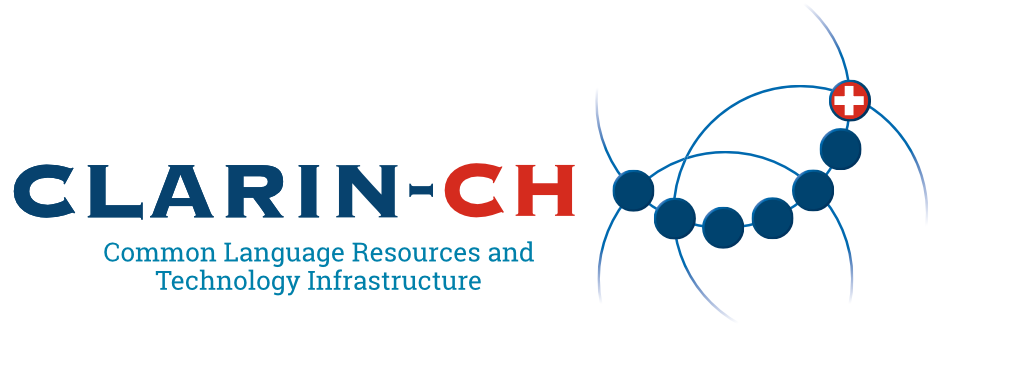Licenses
Licenses are a way to deal with copyright issues: Authors can grant users rights to use their work whilst retaining copyright. A license thus essentially provides other users the legal permission to perform certain acts that are otherwise restricted by copyright. It does not transfer any exclusive rights to the licensee; the rights stay with the licensor, the creator of the work.
- If an exclusive license is granted, the author undertakes not to grant a license to the work to anyone else.
- If the author grants the publisher only a simple license, they are entitled to grant further (simple) licenses to other persons or organisations.
Types of licenses
The following Creative Commons licenses should be considered:
Open Data Commons licenses
Open Data Commons Licenses are very similar to the Creative Commons Licenses but are specific to data (and can only be used to license data).
- Open Data Commons Attribution License (ODC-By): Allows licensees to copy, distribute and use the database, to produce works from it and to modify, transform and build upon it for any purpose. See http://opendatacommons.org/licenses/by/1.0/
- Open Data Commons Open Database Licenses (ODbl): Similar to the ODC-By license but additionally requires newly derived datasets to be published with the same license. See http://opendatacommons.org/licenses/dbcl/1.0/
- Open Data Commons Public Domain Dedication and License (PDDL): The database is in the public domain. See http://opendatacommons.org/licenses/pddl/1.0/
How to apply a license to your work
- First, determine the copyright. Only as the copyright owner can you license your work freely.
- Determine if you are using other works that are also licensed and restrict you in your choice of licenses (e.g. -SA- additions of CC licenses).
- Choose a CC license, e.g. with the License Chooser. If you want to share your data openly, choose an “open license”, e.g. CC-BY or CC-BY-SA.
- Write a short text on your work (e.g. on the title page or last slide). Make sure to include the name of the license and the link to the license text.
For example: This work is licensed under a CC-BY 4.0 International License (https://creativecommons.org/licenses/by/4.0/).
Alternatively, you can:
- save the license text in a separate text document (e.g. license.txt) and upload it with the dataset.
- select a preset license in a repository when you upload your work.
Software
Software can also be protected by copyright. This covers both the executable and the source code, as well as the graphic interface. However, functionalities and ideas are not protected. For the licensing of software there are a lot of different licenses (e.g. MIT, GPL). The website “Choose a License” helps you to decide on a software license.
See also the information from CLARIN on licenses, including software:
Resources
- Creative Commons Licenses
- Open Data Commons
- CLARIN ERIC Legal Information Platform, especially
- The explanation by the SNSF on copyright and licenses, also in connection with Open Access
Literature
- Ball, A. (2014). How to License Research Data. DCC How-to Guides. Edinburgh: Digital Curation Centre. Available online: https://www.dcc.ac.uk/resources/how-guides
- Creative Commons UK (2017). Fact sheet on Creative Commons and Open Science v.0.1. https://doi.org/10.5281/zenodo.840652
- Kreutzer, T. (2014). Open Content: A practical guide to using Creative Commons Licences. Deutsche UNESCO-Kommission e.V., Hochschulbibliothekszentrum des Landes Nordrhein-Westfalen, Wikimedia Deutschland. Available via: https://www.unesco.de/mediathek






